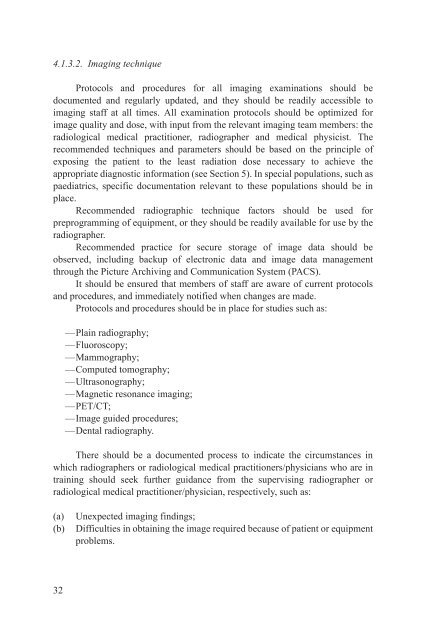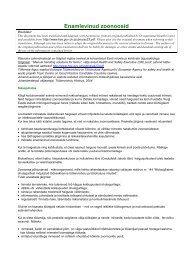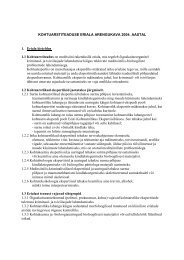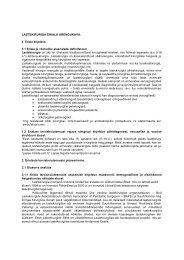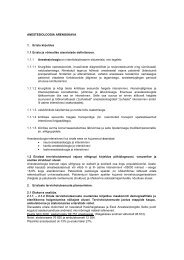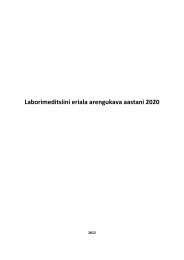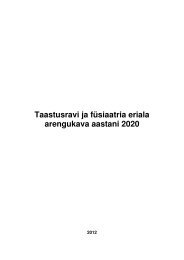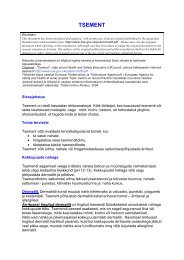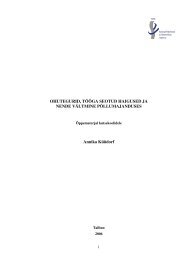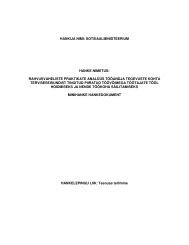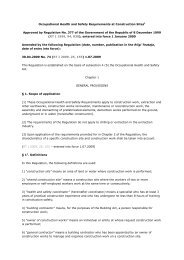SErIES IAEA HumAn HEAltH SErIES IAEA Hum
SErIES IAEA HumAn HEAltH SErIES IAEA Hum
SErIES IAEA HumAn HEAltH SErIES IAEA Hum
You also want an ePaper? Increase the reach of your titles
YUMPU automatically turns print PDFs into web optimized ePapers that Google loves.
4.1.3.2. Imaging technique<br />
Protocols and procedures for all imaging examinations should be<br />
documented and regularly updated, and they should be readily accessible to<br />
imaging staff at all times. All examination protocols should be optimized for<br />
image quality and dose, with input from the relevant imaging team members: the<br />
radiological medical practitioner, radiographer and medical physicist. The<br />
recommended techniques and parameters should be based on the principle of<br />
exposing the patient to the least radiation dose necessary to achieve the<br />
appropriate diagnostic information (see Section 5). In special populations, such as<br />
paediatrics, specific documentation relevant to these populations should be in<br />
place.<br />
Recommended radiographic technique factors should be used for<br />
preprogramming of equipment, or they should be readily available for use by the<br />
radiographer.<br />
Recommended practice for secure storage of image data should be<br />
observed, including backup of electronic data and image data management<br />
through the Picture Archiving and Communication System (PACS).<br />
It should be ensured that members of staff are aware of current protocols<br />
and procedures, and immediately notified when changes are made.<br />
Protocols and procedures should be in place for studies such as:<br />
—Plain radiography;<br />
—Fluoroscopy;<br />
—Mammography;<br />
—Computed tomography;<br />
—Ultrasonography;<br />
—Magnetic resonance imaging;<br />
—PET/CT;<br />
—Image guided procedures;<br />
—Dental radiography.<br />
There should be a documented process to indicate the circumstances in<br />
which radiographers or radiological medical practitioners/physicians who are in<br />
training should seek further guidance from the supervising radiographer or<br />
radiological medical practitioner/physician, respectively, such as:<br />
(a)<br />
(b)<br />
Unexpected imaging findings;<br />
Difficulties in obtaining the image required because of patient or equipment<br />
problems.<br />
32


